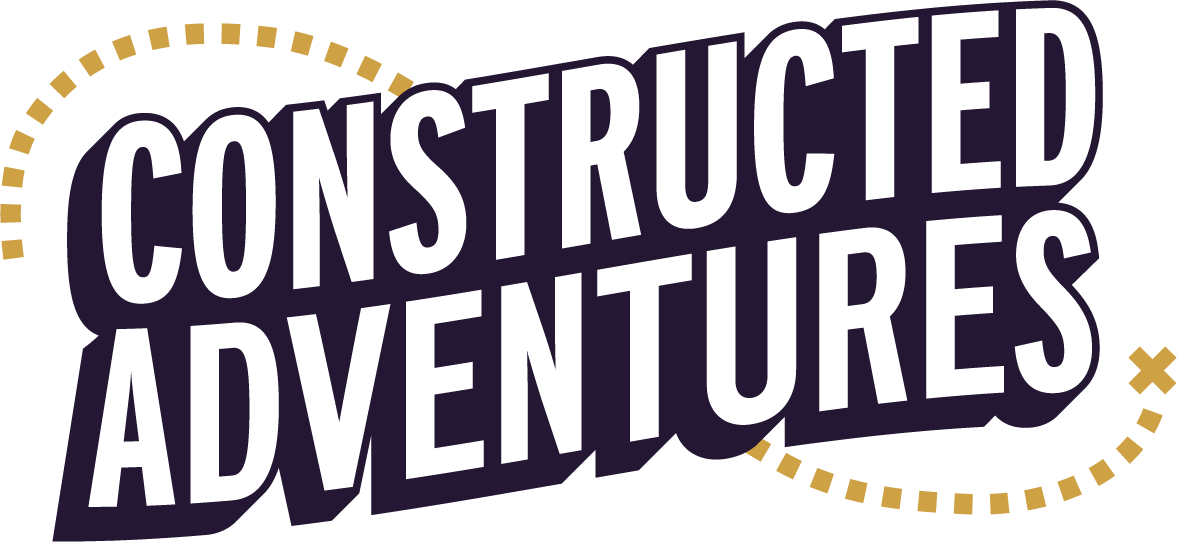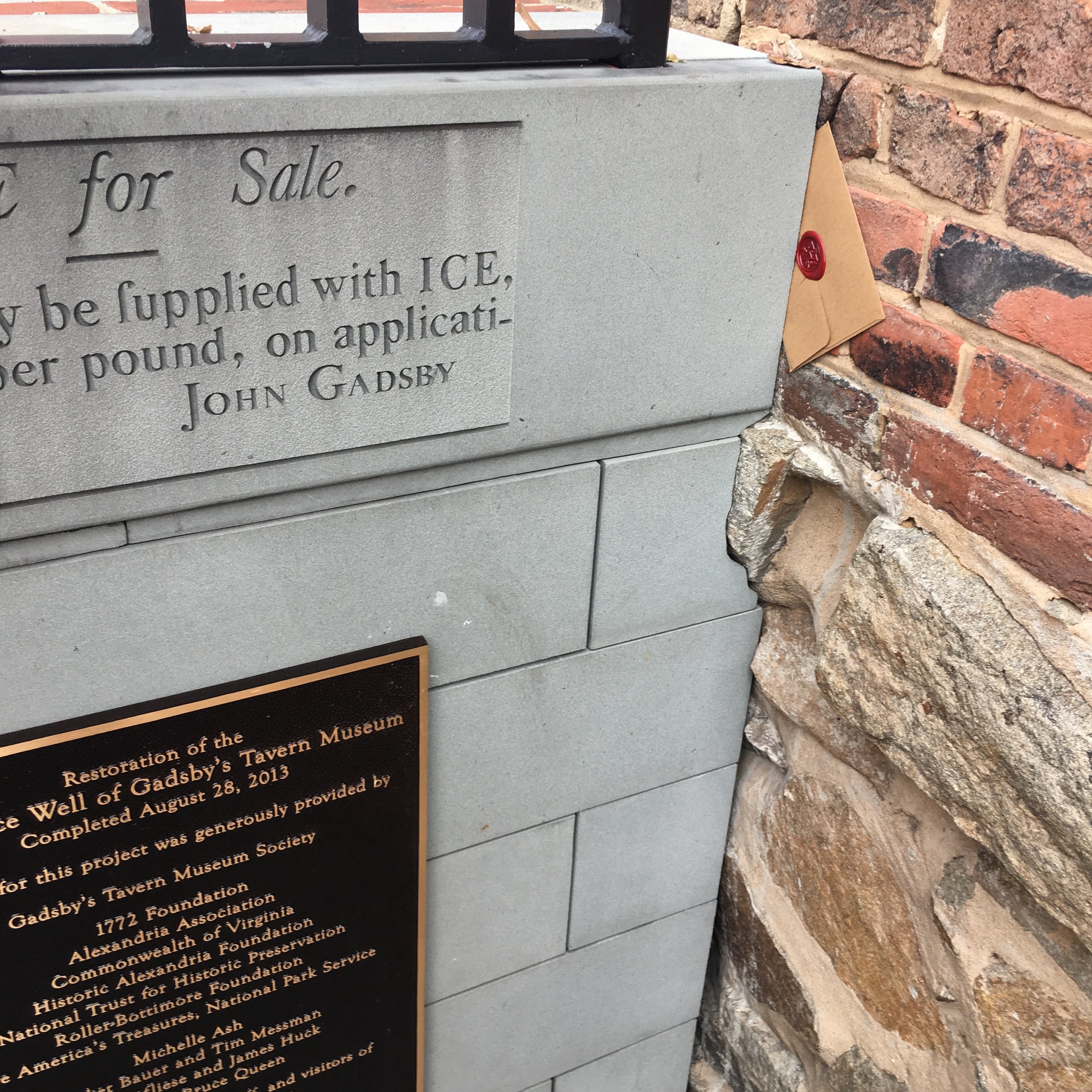Method No. 1: The Dead Drop
YOU JUST GOT YOUR FIRST CLUE AND IT’S A DOOZY
"Go ten paces past the second fountain and face the old man. He'll see you before you see him." WHAT? What can that possibly mean? You're nervous and excited at the same time. After following the instructions and passing the fountain, you spot it. A statue of an old man with his hand outstretched. Sitting in his palm is a wax-sealed envelope with your name on it.
That’s when you know that this thing is for real. A treasure hunt laid out just for you with clues waiting to be found. You don't know how many there are, who's behind it, or what's in store, but you're excited to find out.
There might be another name for this method (i.e "hiding the clue"), but I refer to this as a “dead drop.” These are the most exciting but also the riskiest when done in a public place.
Essentially, you’re dropping a clue, box, or envelope in a public place that are meant to be found by the target. Some are pretty secure. If you put it under a rock and instruct them as to where the rock is placed, you’re probably good. Some are harder and need to be monitored. The only way to ensure it will work is to have eyes on the drop until your target finds it.
Your main goal with the dead drop is to minimize the risk of some rando grabbing it and walking away. You do this with some combination of the following:
1. Keep your eyes on the Drop
2. HidE it in a darn good place
Going with Option 1 is safest. Unfortunately, it doesn't free you up if you need to move on to the next location. Option 2 is only as good as the hiding place but trust me, you'll have a gnawing feeling the moment you take your eyes off the spot.
When it comes to hiding clues, you want to ensure that they aren't in a spot that normal people will see often. An easy way to do this is to choose a very secluded spot and hide your clue very very well. This brings me to my first big rule of building adventures:
Rule No. 1: Always Make the Adventure Easier than You’d Like
Remember, your target's brain does not work like yours. The connections you make when solving problems are not the same as others. Make sure you have proper instructions leading to secluded spots that help them at least narrow down their possibilities.
With this said,
IT'S TIME FOR YOUR HOMEWORK!
I want you to build a mini adventure! My first goal for you is to place a series of dead drop clues around your house for a friend or loved one! Here's what you'll need:
(preferably nice) paper and pens
A prize for the finish!
5-10 mini "landmarks" around your home
A written Key for you to remember the order of your clues.
Remember that the first clue must be something they'll find; you can always just hand it to them (we'll cover handoffs next week), but it might be more fun if they find it themselves. Make sure each clue is hidden from plain view and won't be stumbled upon by accident (remember rule 1). Finally, I strongly recommend marking the back of your clues with a number or symbol and then writing a key out. Nothing ruins a fun little adventure like mixing up your clues.
Did you make a small adventure for a significant other or family member? Tell us about it! Send us an email or post on our facebook! If you need inspiration, you can check out our instagram. Finally, if you need help, call or email us! Always happy to have a convo and give some advice. Adventures are for everyone!
Sincerely,



